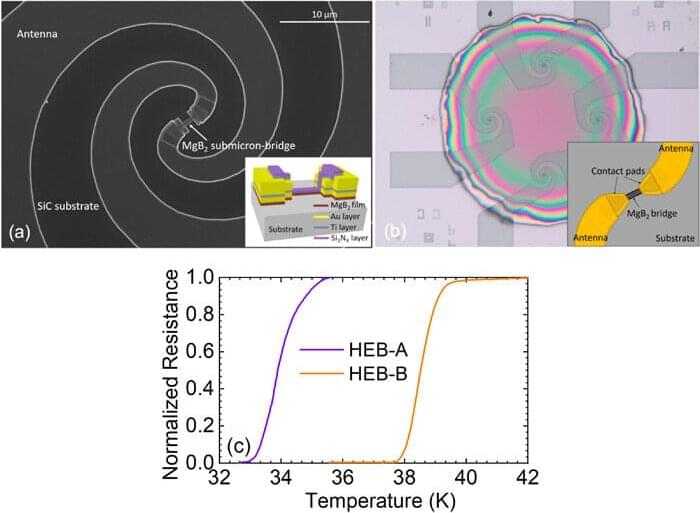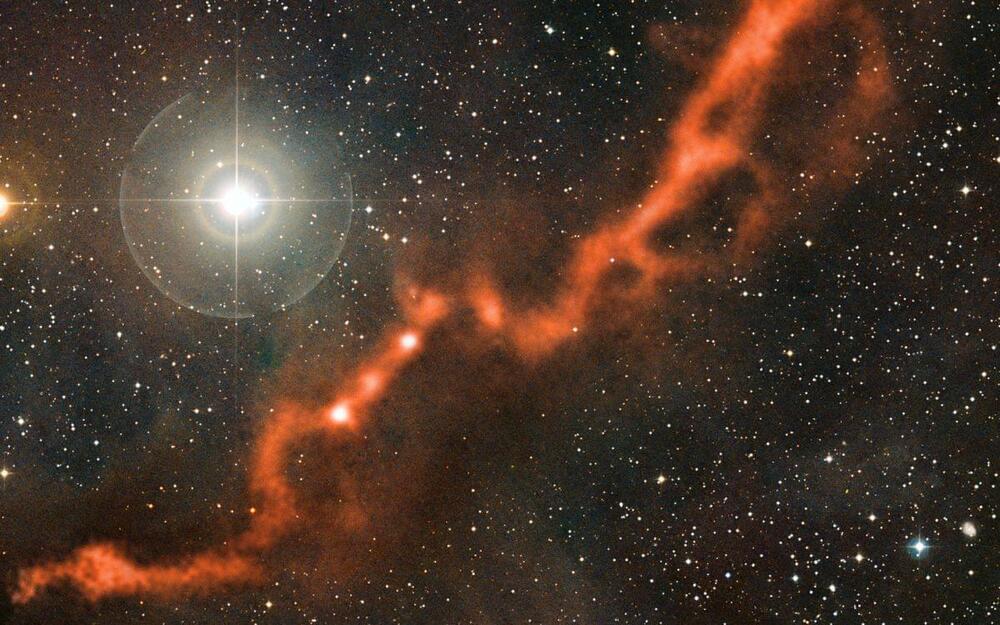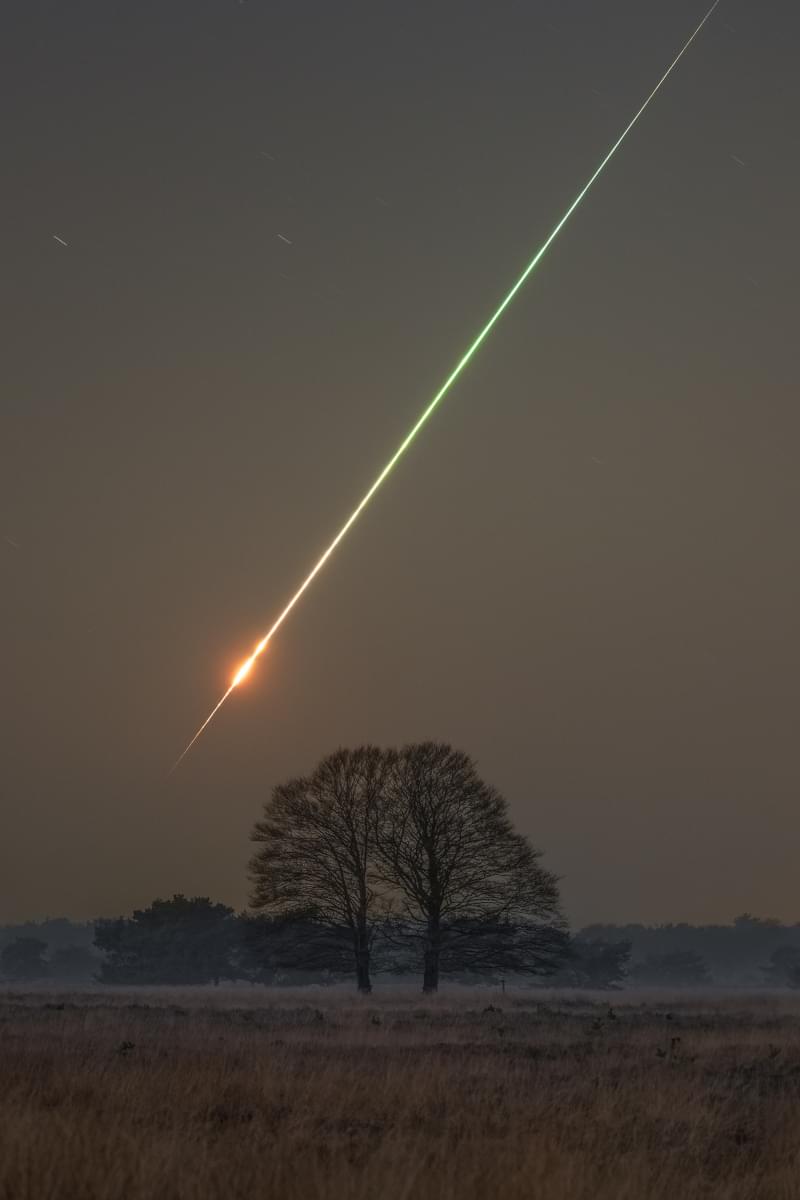Could we imagine a world where our minds are fused together and interlinked with machine intelligence to such a degree that every facet of consciousness is infinitely augmented? How could we explore the landscapes of inner space, when human brains and synthetic intelligence blend together to generate new structures of consciousness? Is it possible to interpret the ongoing geopolitical events through the lens of the awakening Gaia perspective?
#SyntellectHypothesis #cybernetics #superintelligence #consciousness #emergence #futurism #AGI #GlobalMind #geopolitics
“When we look through the other end of the telescope, however, we can see a different pattern. We can make out what I call the One Mind — not a subdivision of consciousness, but the overarching, inclusive dimension to which all the mental components of all individual minds, past, present, and future belong. I capitalize the One Mind to distinguish it from the single, one mind that each individual appears to possess.” — Larry Dossey
Is humanity evolving into a hybrid cybernetic species, interconnected through the Global Mind? When might the Web become self-aware? What will it feel like to elevate our consciousness to a global level once our neocortices are fully connected to the Web?
THE SYNTELLECT HYPOTHESIS: A NEW EXTENSION TO THE GAIA THEORY
In their study of the biosphere, Lynn Margulis and James Lovelock found that Earth behaves like a living organism with characteristics such as dynamic equilibrium, stability, and self-regulation, or homeostasis. They named this entity Gaia, after the Greek goddess of the Earth, and hypothesized that all life forms interact with the environment to regulate the planet’s properties. Earth’s temperature, oxygen content, and ocean chemistry have remained conducive to life for millions of years due to the regulatory effects of biological processes. As life evolves, it impacts its surroundings, leading to either stabilizing or destabilizing feedback loops. The Gaia hypothesis suggests that stabilizing states enable further biological evolution to reconfigure interactions between life and the planet.




